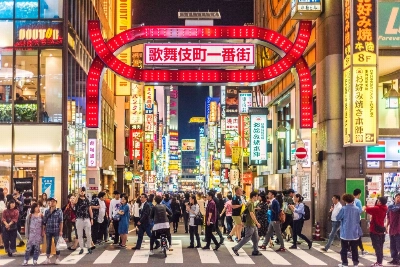At around 9:50 a.m. on Jan. 28, a 5-meter-wide sinkhole emerged at an intersection in Yashio, a small, factory-laden working class city in Saitama Prefecture, northeast of Tokyo. Footage of the scene shows a 2-ton truck turning left at the junction and plunging into the gaping void just four seconds after it appeared — giving the 74-year-old driver almost no time to react.
The collapse was triggered by a major rupture in a 42-year-old sewer pipe buried deep beneath the road. The 4.75-meter-wide reinforced concrete pipe had gradually corroded at a bend, where sulfuric acid had slowly degraded the structure until it gave way. The area’s soft, sandy soil — a mixture of silt and clay — also made it easier for sediment to be drawn in and for a large underground cavity to form.
Fire department units at the scene initially estimated that rescuing the driver wouldn’t take long. But a combination of factors complicated efforts and conditions at the site quickly worsened in the days that followed as the sinkhole grew to 40 meters in diameter and 15 meters in depth.



















With your current subscription plan you can comment on stories. However, before writing your first comment, please create a display name in the Profile section of your subscriber account page.